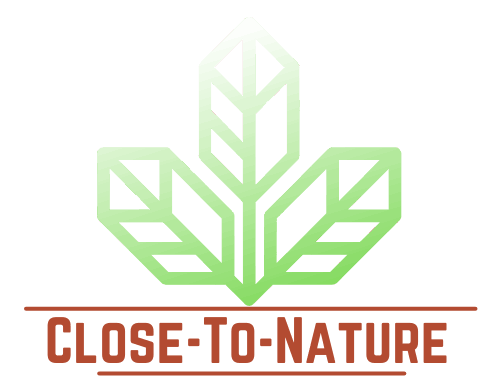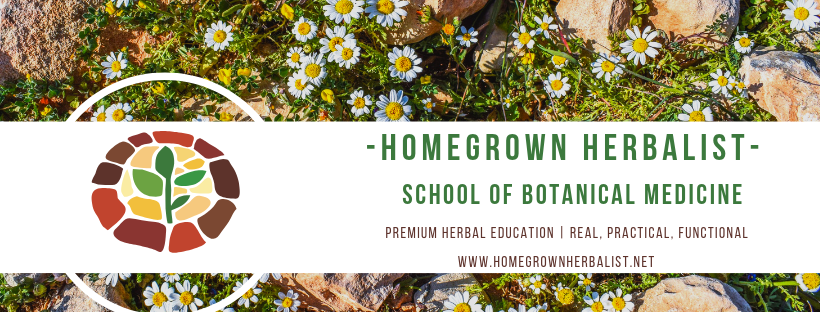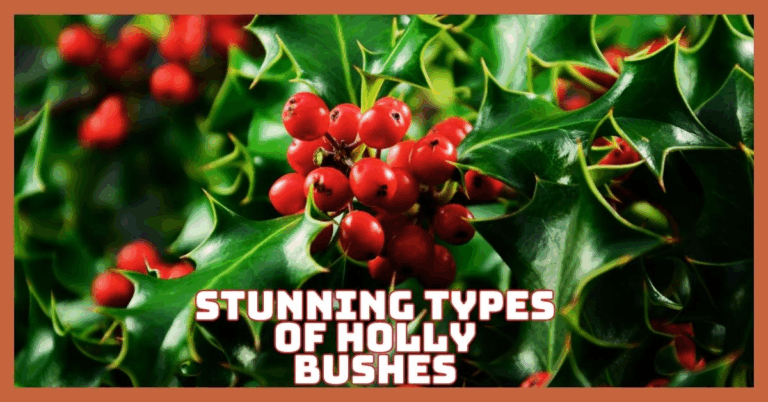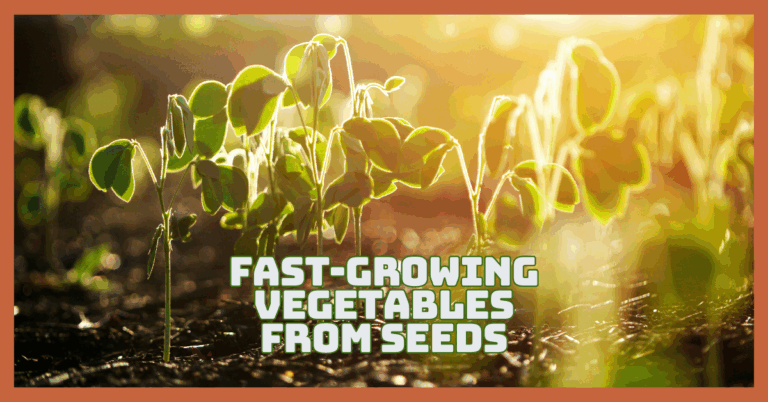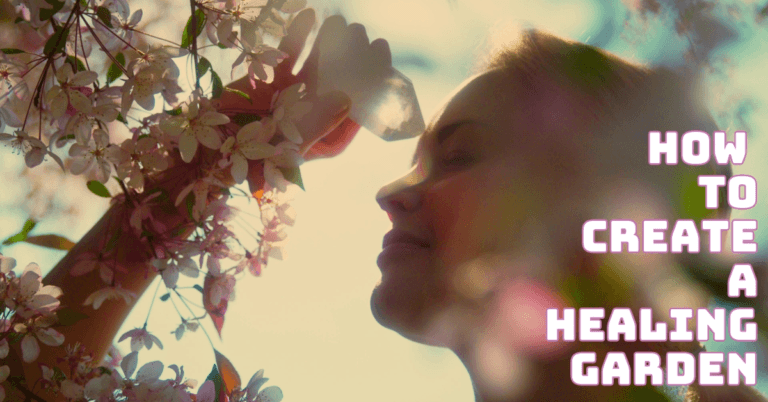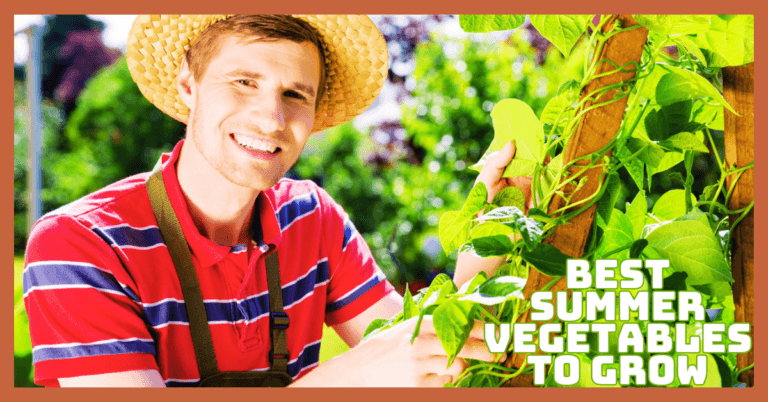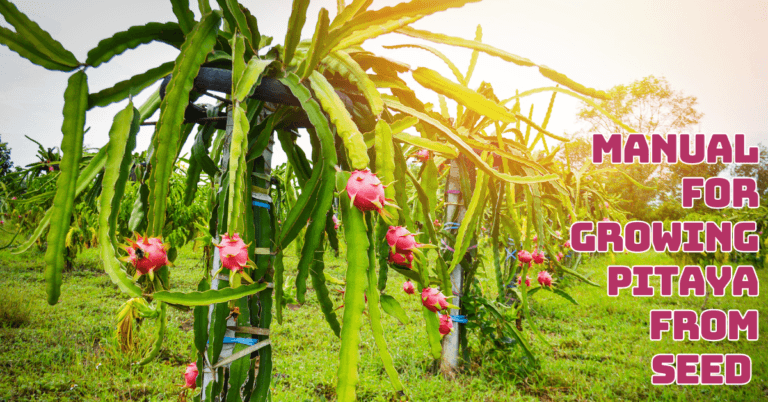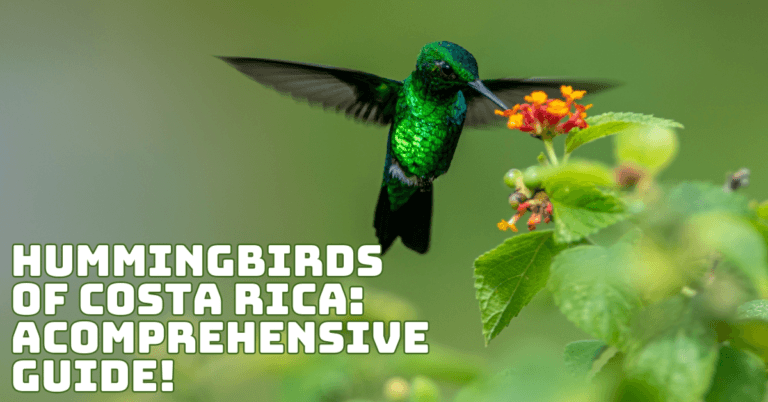Best Plants For Attracting Birds
Best Plants for Attracting Birds That Will Transform Your Backyard
One of the best ways to foster a relationship with nature is to design a garden conducive to birds. With the proper selection of plants, your outdoor space can become a haven for colourful songbirds, hummingbirds, and even seed-loving species. These plants provide food and shelter and contribute to a thriving ecosystem.
Let’s examine the best plants for attracting birds and learn how to design a welcoming habitat in your yard.
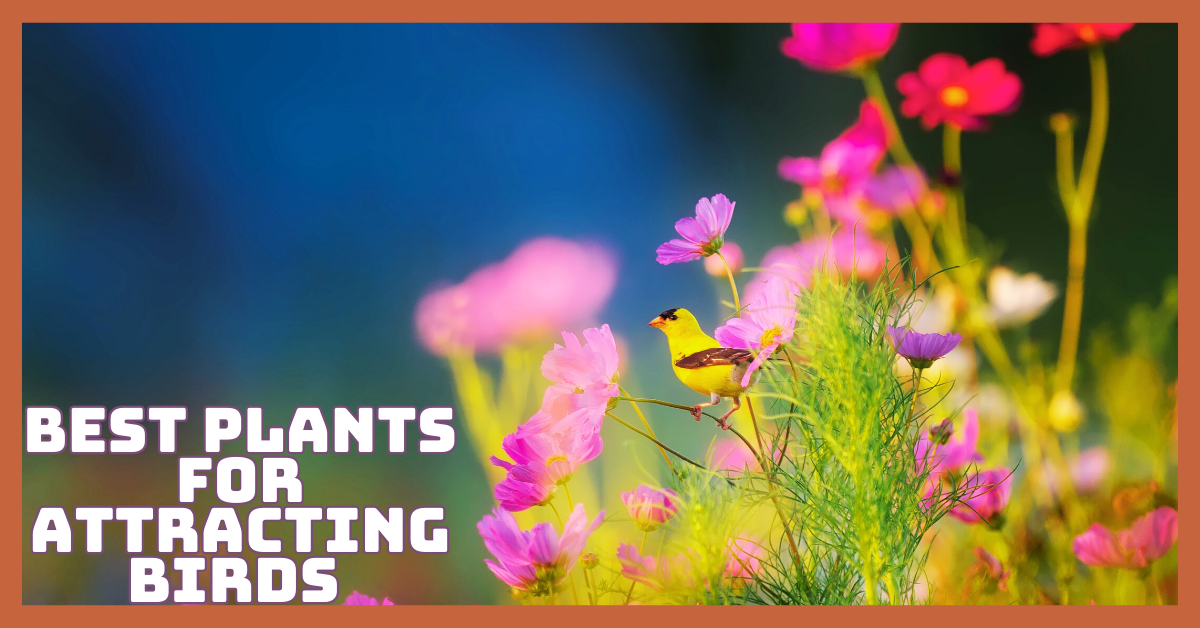
Why Attract Birds To Your Garden?
Attracting birds to your garden offers more than beautiful sights and cheerful songs. It supports the local ecosystem, improves plant health, and even helps control pests. Here are several compelling reasons to invite feathered friends into your outdoor space:
1. Natural Pest Control
Wrens, chickadees, robins, and other insect-eating birds help naturally manage pest populations in your garden. By attracting these feathered friends, you reduce the need for chemical pesticides, promoting a healthier environment for your plants, pets, and family—naturally and effectively.
2. Pollination And Seed Dispersal
Hummingbirds and other nectar-feeding birds help pollinate flowering plants. Additionally, fruit-eating birds disperse seeds through their droppings, encouraging new plant growth in your garden. These actions support biodiversity and help maintain a vibrant, self-sustaining landscape.
3. Environmental Support
A bird-friendly garden creates an essential habitat for native birds, which is significant as urban expansion reduces natural environments.
By providing food, water, and shelter, your garden becomes a mini sanctuary where birds can safely live, breed, and contribute to the ecosystem.
4. Year-Round Beauty And Activity
Birds bring constant life and motion to your garden, with vivid plumage and melodic calls changing through the seasons. From winter cardinals to spring robins, they ensure your outdoor space remains engaging and dynamic throughout the year.
5. Educational And Therapeutic Value
Birdwatching is both calming and enriching. Observing bird behaviours can reduce stress and enhance mindfulness. It’s also a fun, hands-on way for children and adults to learn about nature, biology, and conservation in their backyard.
6. Improved Garden Health
Birds help maintain your garden’s health by consuming pests, dispersing seeds, and even eating weed seeds. Their activities reduce harmful infestations and promote more vigorous, diverse plant growth without needing constant human intervention.
Best Plants For Attracting Birds
1. Oak (Quercus spp.)
Why?
Oaks support more than 500 species of caterpillars, which are essential food for many bird species during the nesting season.
By hosting these insects, oaks indirectly support bird populations, making them one of the most bird-beneficial trees in North America.
Birds Attracted
Woodpeckers, jays, and warblers are commonly drawn to oak trees. Woodpeckers search for insects in the bark, jays feast on acorns, and warblers hunt caterpillars among the leaves, making the oak a lively hub of bird activity.
How To Grow
Plant oaks in full sun with well-drained soil. They prefer acidic to neutral pH and need space to grow—avoid planting near structures. Water young trees regularly until they are established, then reduce watering.
Mulch the area surrounding the base to prevent weeds and preserve moisture. Prune only to remove dead branches. Most species thrive in USDA zones 3–9, depending on the variety. Oaks are long-lived and become vital habitats as they mature.

2. Eastern Red Cedar (Juniperus virginiana)
Why?
Eastern Red Cedar is one of the best plants for attracting birds, offering dense foliage for shelter and blue berries that provide food during the winter months. In winter, its small blue berries become a vital food source, helping birds survive when other resources are scarce.
Birds Attracted
Robins, cedar waxwings, and mockingbirds frequently feed on its berries. These birds also use the thick foliage for nesting, protection from predators, and roosting, making this tree a key winter haven in bird-friendly landscapes.
How To Grow
Plant Eastern Red Cedar in full sun and well-drained soil. It's highly adaptable to soil types, including clay and sandy soils. Water young trees regularly until they are established; mature trees are drought-tolerant.
Space them to allow airflow and prevent disease. Prune only as needed to shape. This tree thrives in USDA zones 2–9 and is low-maintenance, making it ideal for naturalized gardens, windbreaks, or bird-friendly landscapes.
3. Dogwood (Cornus spp.)
Why?
This plant produces bright red berries that persist through fall and winter. It offers a vital food source when insects and other berries are scarce. The colourful berries also add visual interest, making the plant both ornamental and beneficial to wildlife.
Birds Attracted
Cardinals, thrushes, and grosbeaks are particularly drawn to the berries. These birds rely on nutrient-rich fruit during colder months, helping them maintain energy and survive when food is limited in the natural environment.
How To Grow
Select an area with well-drained soil and full sun to light shade. Many berry-producing shrubs, like holly or winterberry, thrive in USDA zones 3–9, depending on the variety.
To create roots, water frequently during the first growth season. For certain types to produce berries, male and female plants are required.
Prune in the late winter or early spring to preserve shape and encourage healthy development—excellent for wildlife gardens, hedges, and borders.
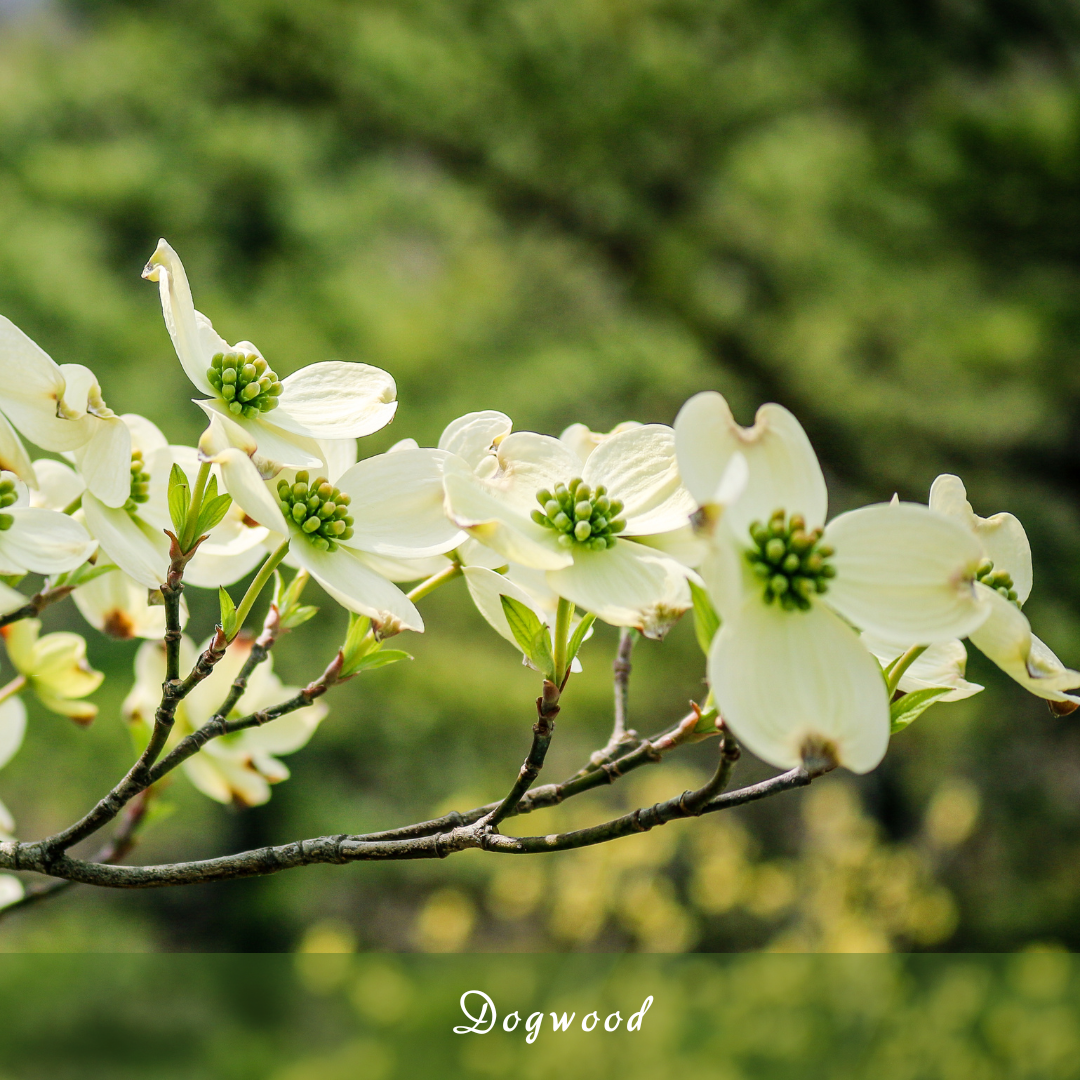
4. Elderberry (Sambucus spp.)
Why?
The plant’s clusters of purple-black berries make it ideal for attracting birds. These berries are packed with nutrients, offering birds sustenance during migration or breeding seasons. The fruit also contributes to a vibrant, seasonal garden display.
Birds Attracted
Orioles, tanagers, and catbirds are particularly attracted to these berries. They enjoy the sweet, juicy fruit, essential for their diet, especially during summer when they need extra energy to support nesting and migration.
How To Grow
Plant in a well-drained area that receives plenty of sunlight or mild shade. Preferring moist, rich soil, this plant thrives in USDA zones 4–9.
Water regularly, especially in dry periods, but avoid waterlogging. Prune in early spring to maintain shape. This shrub works well in garden borders, hedgerows, or wildlife-friendly landscapes.
Once established, it’s relatively low-maintenance and attracts various bird species to your garden throughout the growing season.
5. Winterberry (Ilex verticillata)
Why?
Vibrant red berries persist into winter, providing birds with a vital food source during colder months when other food is scarce. These berries offer essential nutrients, ensuring birds have energy for survival, especially during harsh winter conditions.
Birds Attracted
Bluebirds, robins, and thrushes are particularly drawn to the red berries. These birds enjoy the sweet, nutritious fruit, which provides them with necessary sustenance, especially in the late fall and winter months when other resources are limited.
How To Grow
Plant in broad sun or mild shade on soil that drains properly. This shrub thrives in USDA zones 4–9 and prefers slightly acidic soil. Water regularly, but avoid overwatering.
Prune in late winter or early spring to shape and remove dead growth. A low-maintenance, resilient plant that attracts birds, it is an excellent option for wildlife gardens or winter appeal. Mulch the area surrounding the base to keep the soil cool and moist.
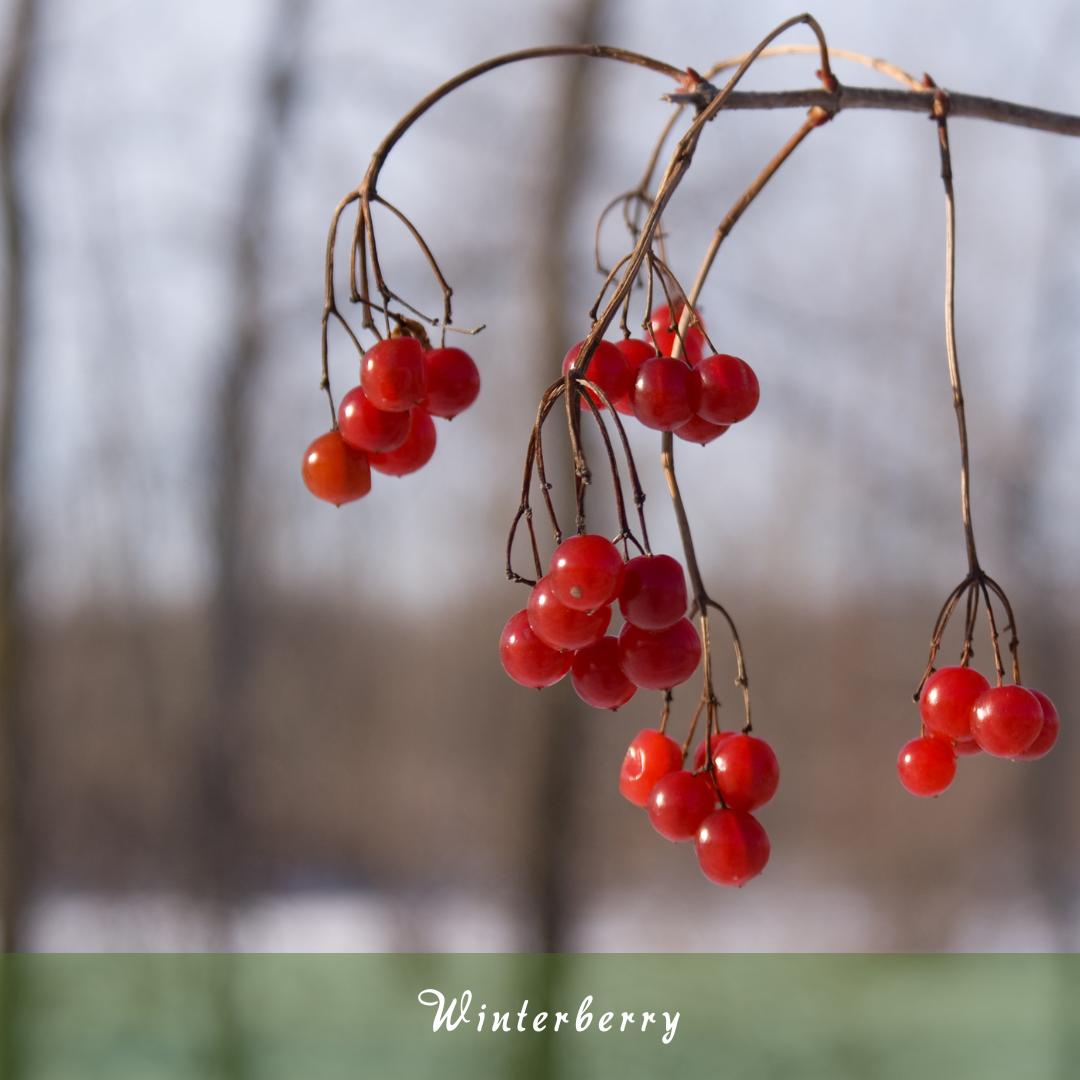
6. Butterfly Bush (Buddleia spp.)
Why?
Butterfly Bushes are among the best plants for attracting birds. Their nectar-rich flowers draw in hummingbirds and other pollinators throughout the summer and fall.
These plants bloom abundantly throughout the season, sustaining a healthy ecology in your garden and offering a steady food supply for pollinators.
Birds Attracted
Hummingbirds are especially drawn to the colourful, fragrant flowers of the Butterfly Bush. Their long beaks allow them to easily access the nectar, while the vibrant blooms act as beacons, enticing these tiny birds to visit regularly for nourishment.
How To Grow
Plant Butterfly Bush in full sun with well-drained soil. It thrives in USDA zones 5–9 and is drought-tolerant once established. Water regularly during dry periods and trim in late winter to promote healthy growth.
Fertilize annually to support blooming. This hardy shrub can be pruned back to maintain its shape and size. It’s ideal for attracting birds and butterflies while adding vibrant colour to your garden.
7. Sunflower (Helianthus annuus)
Why?
Sunflowers produce large, nutritious seeds that attract a variety of bird species. Goldfinches are particularly drawn to the seeds and feast on them once the flowers mature. These birds help naturally manage seeds, promoting a balanced ecosystem.
Birds Attracted
Goldfinches are particularly attracted to sunflower seeds. They are often seen perched on the flower heads, pulling out seeds with their specialized beaks. Other birds, like chickadees, sparrows, and titmice, also visit sunflowers for their seeds.
How To Grow
Plant sunflowers in full sun with well-drained soil, ideally in USDA zones 4–9. These plants require lots of room to spread out and thrive in warm climates. Water frequently, particularly during dry seasons, and make sure the air is well circulated.
Sunflowers can grow quite tall, so space them apart to avoid overcrowding. They thrive in fertile soil but can tolerate moderate conditions. Harvest the seeds once the flower heads turn brown and dry.
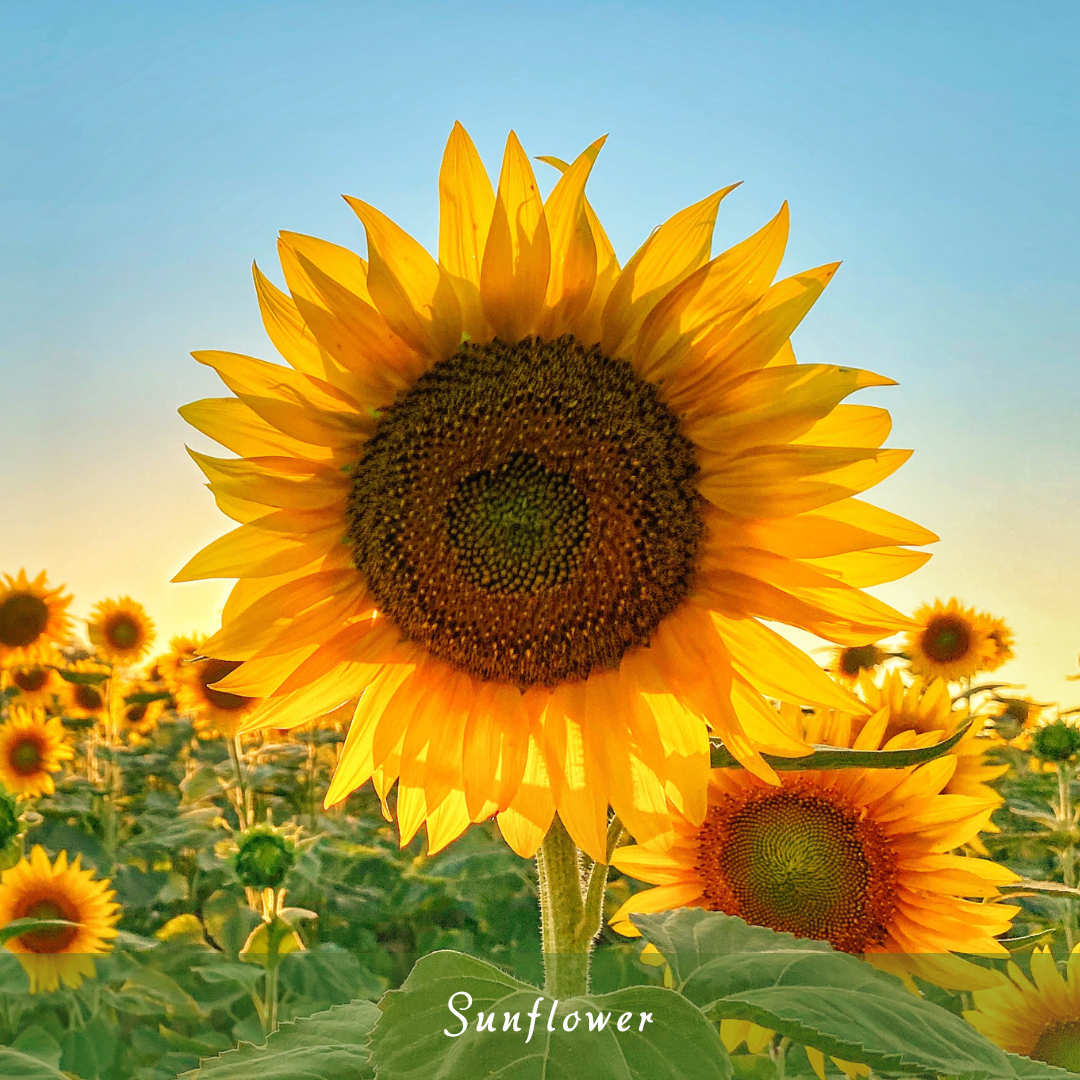
8. Coneflower (Echinacea spp.)
Why?
Coneflowers are excellent plants for attracting birds. Their abundant seeds provide a crucial food source for sparrows, finches, and chickadees, especially during the colder months.
Once the flowers fade, the seeds become an essential food source for these birds, especially in late fall and winter when food is scarcer. This helps support local bird populations.
Birds Attracted
Sparrows, finches, and chickadees are drawn to the seeds of coneflowers. These birds feed on the seeds in late autumn and winter, making coneflowers an excellent choice for attracting winter birds looking for food in the colder months.
How To Grow
Plant coneflowers in full sun with well-draining soil. They thrive in USDA zones 3–9 and prefer dry to medium moisture. For optimal growth, place them 18 to 24 inches apart.
Give them light waterings, letting the soil dry out in between. Once established, they are drought-tolerant. To promote more blooms, trim back wasted flow but save some for producing seeds that birds like in the fall and winter.
9. Trumpet Vine (Campsis radicans)
Why?
Hummingbirds are drawn to trumpet vines because of their bright, tubular, nectar-rich red blossoms. These flowers are perfectly designed for hummingbird feeding, with their deep shape and bright colour drawing them in for a meal.
Birds Attracted
Hummingbirds are particularly drawn to trumpet vines' bright, tubular flowers. The rich nectar in these flowers provides the energy boost hummingbirds need, making trumpet vines ideal for attracting these acrobatic, nectar-loving birds to your garden.
How To Grow
Trumpet vines thrive in full sun and well-drained soil, growing best in USDA zones 4–9. Plant in a location with plenty of space, as they can become quite large.
Give the soil a modest amount of water, letting it dry out between applications. Once established, they are drought-tolerant. Prune regularly to control their growth and promote healthy blooms. Support them with a trellis or fence for the vines to climb.
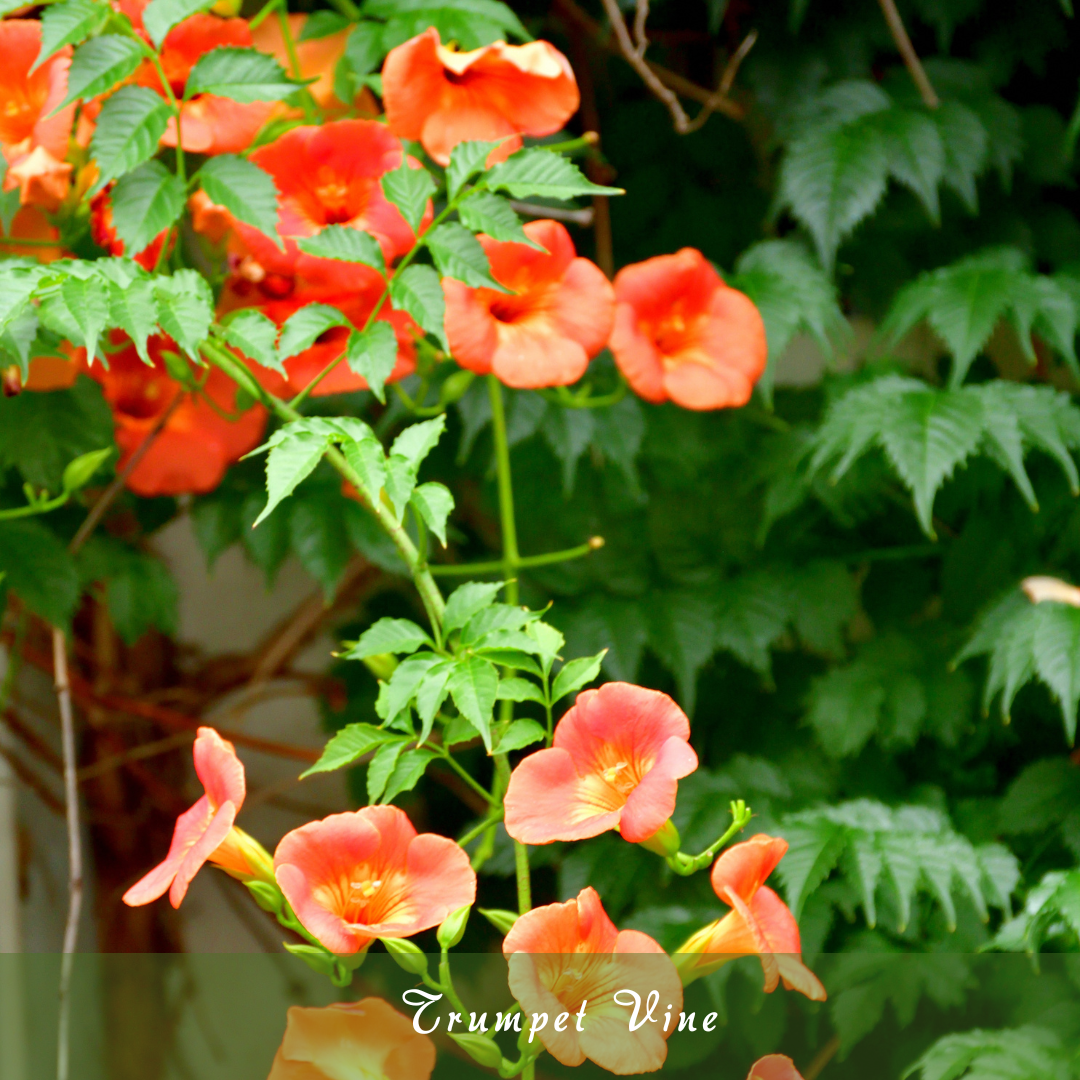
10. Switchgrass (Panicum virgatum)
Why?
Switchgrass is one of the best plants for attracting birds. Its abundant seeds nourish sparrows, while its dense foliage offers essential nesting cover for quail and other ground-nesting species.
Its thick foliage provides excellent nesting cover for quail and other ground-nesting birds, offering shelter and protection.
Birds Attracted
Sparrows are drawn to switchgrass seeds, while quail and other ground birds find safety and shelter in its thick foliage. The plant supports nesting birds by providing a haven from predators and harsh weather conditions.
How To Grow
Switchgrass grows best in full sun and prefers well-drained soil, thriving in USDA zones 4–9. Once established, it’s drought-tolerant but benefits from occasional watering.
A sunny, open environment with lots of room is ideal for planting seeds. This grass is low-maintenance, requiring only minimal care to thrive, and provides year-round interest, including attractive seed heads that last through the winter.
11. Wild Strawberry (Fragaria virginiana)
Why?
Wild strawberries produce small, flavorful fruits that are beautiful to birds such as thrushes and towhees. These birds are drawn to the sweet, nutrient-rich berries, which provide a seasonal food source in your garden or landscape.
Birds Attracted
Thrushes and towhees are attracted to the tiny, sweet strawberries produced by this plant. The berries offer them an important food source, especially during the late summer and fall, when other fruits may be scarce, making them a valuable addition.
How To Grow
Wild strawberries thrive in well-drained, loamy soil and full to partial sunlight. Plant in USDA zones 4–8 for best results. Especially when it comes to harvesting, keep the soil consistently damp but not wet.
They spread through runners, forming dense ground cover. Wild strawberries are rugged and low-maintenance and will produce small, sweet fruits for birds in late spring and early summer. Prune regularly to keep the plants productive and healthy.
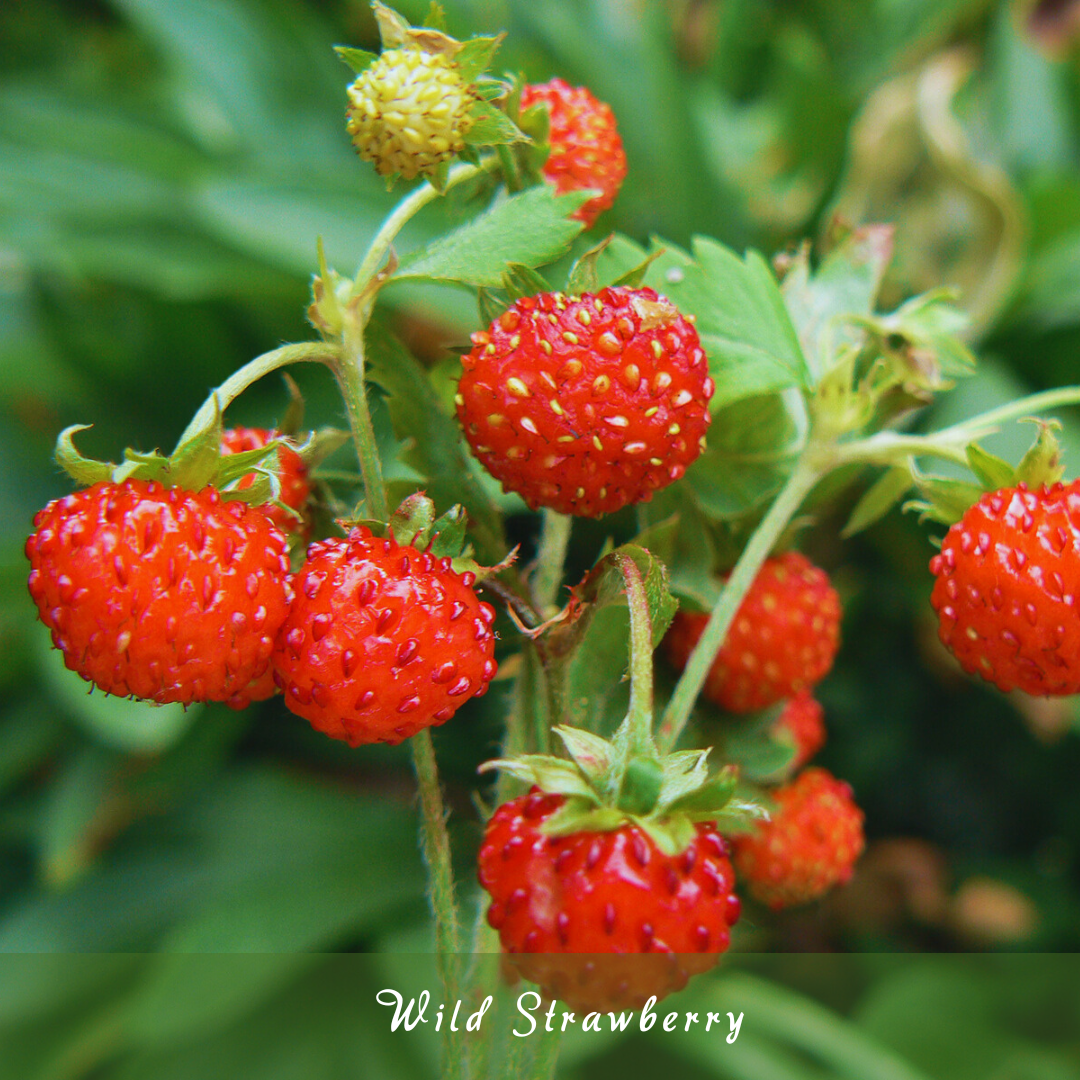
How To Make Your Garden Bird-Friendly
Beyond choosing the right plants for attracting birds, the layout and care of your garden are essential in creating a welcoming habitat for them.
1. Layer Your Plants
Creating a mix of tall trees, mid-sized shrubs, and low-growing flowers adds vertical diversity to your garden. This mimics natural habitats, offering birds shelter at various heights, from high branches to low ground cover, providing safety and food sources.
2. Avoid Pesticides
Insects are essential for many bird species, especially young ones, as they rely on insects for nutrition. Using organic gardening instead of pesticides protects the food web, providing birds with a healthy, abundant food source.
3. Leave The Mess
Deadheads, seed heads, and fallen leaves may seem messy, but they play a crucial role in bird habitats. These natural materials provide food, nesting material, and bird protection, helping them thrive in your garden throughout the seasons.
4. Provide Water
Birds need water for hydration and bathing. A shallow birdbath or small fountain offers an accessible water source, helping birds stay hydrated, clean, and healthy. Regularly cleaning the water ensures it remains a safe, inviting place for them.
5. Use Native Plants
Native plants offer vital food sources for birds and are ideally adapted to your local climate. These plants support local insect populations, attract birds, and make your garden a reliable and sustainable habitat for wildlife.
6. Include Evergreen Cover
Evergreen trees or shrubs offer birds year-round shelter, especially during harsh winters. The dense foliage protects birds from predators, wind, and cold, ensuring they have a safe and comfortable space to rest, nest, and find food year-round.
7. Feed Responsibly
Provide extra nutrition using seed feeders with sunflower or nyjer seeds, suet feeders during colder months, and fruit like oranges or apples. Always clean feeders regularly to keep visiting birds healthy and prevent the spread of disease.
FAQ
Which Flowers Attract Hummingbirds?
Hummingbirds love tubular flowers like bee balm, salvia, columbine, and trumpet vine. Choose bright reds and oranges for extra appeal.
Are Berry-Producing Plants Good For Birds?
Yes! Shrubs like serviceberry, elderberry, and holly offer nutritious berries that attract thrushes, robins, and waxwings.
Conclusion
Attracting birds to your garden enhances its beauty and biodiversity while supporting local wildlife. Adding plants that draw birds can turn your garden into a lively, bird-friendly haven that improves biodiversity and beauty.
Your garden can become a thriving bird haven with patience and care, enriching your outdoor space and contributing to a healthier environment.
I trust you enjoyed this article on the Best Plants for Attracting Birds That Will Transform Your Backyard. Please stay tuned for more blog posts soon. Take care!
JeannetteZ
>>>Please click here to read my all-inclusive article, About The Essential Companion Planting Guide<<<
>>>Please click here to read my all-inclusive article about Container Gardening<<<
>>>Are you interested in homegrown herbs and medicine? Please click here to find out more about it!<<<
Your Opinion Is Important To Me
Do you have thoughts, ideas, or questions? I would love to hear from you. Please leave me your questions, experiences, and remarks about this article on the Best Plants for Attracting Birds That Will Transform Your Backyard in the comments section below. You can also email me at Jeannette@Close-To-Nature.org.
Disclosure
This post may contain affiliate links. As an Amazon Associate and other affiliate programs, I earn from qualifying purchases at no extra cost to you. Please read my full affiliate disclosure.
You might also enjoy these blog posts:
Amazing Types Of Agave Plants To Beautify Your Garden Naturally
Best Easy-Grow Perennial Plants In Pots For Lasting Beauty
Ultimate Guide To Natural Garden Pest Control
Best Home Remedies For Headaches
Best Summer Flowers To Grow For A Vibrant Garden
